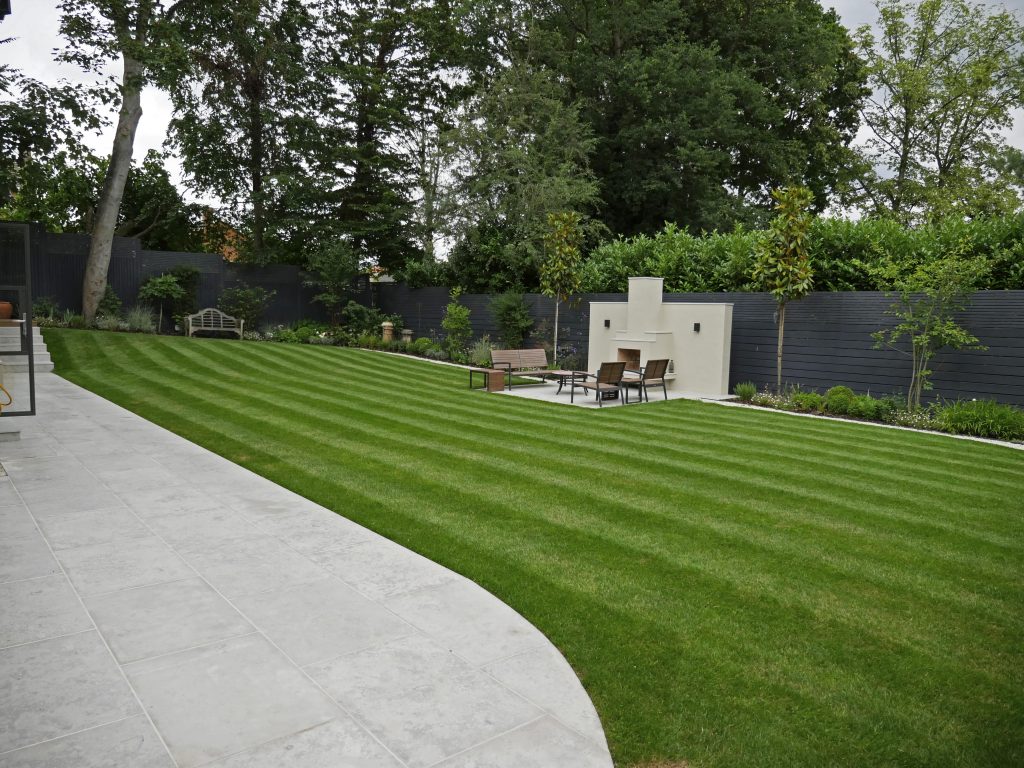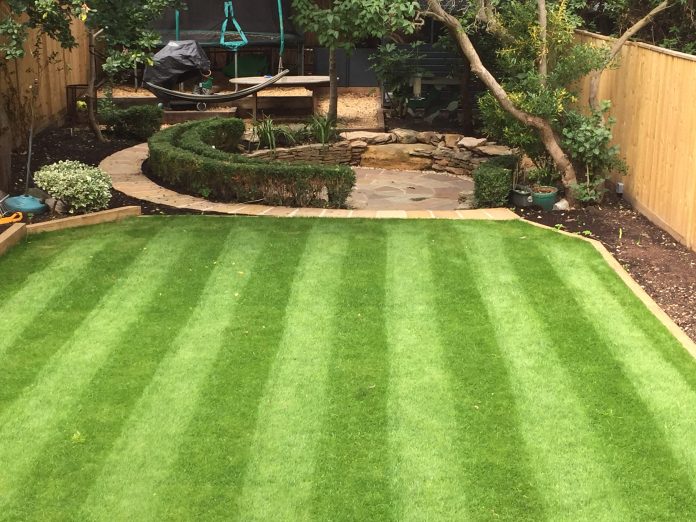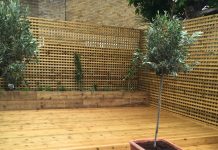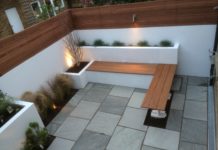The appearance of your lawn will be affected by the environment it is living in and the treatment it is receiving. A healthy lawn requires lawn a balance of air, food, water and light. An appropriate maintenance programme helps to keep these elements in balance.

Watering new laid turf or exiting grass
Watering your new turf or existing grass is the single most important step you need to take to establish a beautiful and healthy lawn.
- Start watering on the day turf is laid
- Ensure that the new turf is never short of water. Lift corners of the turf to confirm water has got through to the underlying soil.
- Water repeatedly until the turf is well established.
- If rainfall is experienced you still need to check that the lawn is receiving sufficient water.
- Use water wisely by only watering in the early morning or late evening to avoid water loss due to evaporation.
- Once established, occasional watering during dry periods should be adequate.
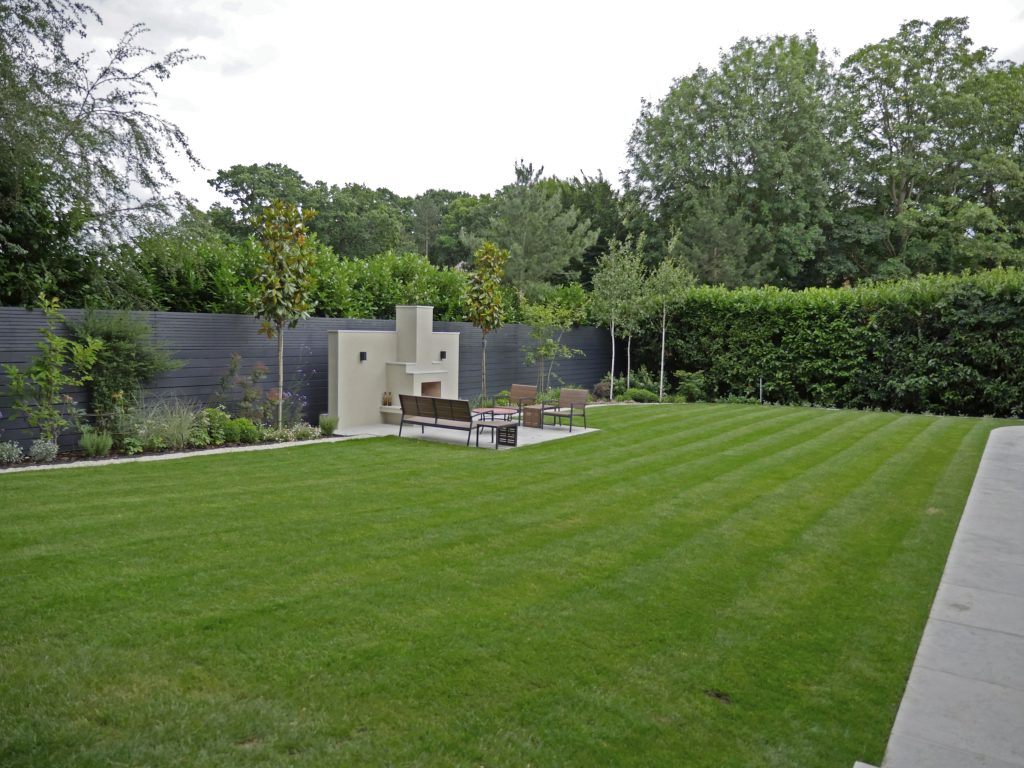
CAREFUL MAINTENANCE IS THE KEY TO A BEAUTIFUL LAWN
Mowing – If your lawn becomes too long gradually bring it back down to the desired height over a number of cuts. Mowing a lawn too short too quickly will result in a sparse, pale, weak, stalky lawn. Whatever type of mower you have it must be well maintained, with blades sharpened at least once a year.
Feeding – It is vital your lawn receives sufficient nutrients to remain healthy. This will require a considered feeding programme.
Overseeding established lawns– Overseeding an established lawn is an essential part of annual lawn maintenance.It improves the lawn’s colour, helps fill in damaged or worn areas and will reduce possible weed and moss invasion by creating a thicker denser lawn. Overseeding can be combined with top dressing, brushed into the surface of the lawn.Overseeding shades areas – Most lawns have areas that can struggle to sustain lawn quality, often due to shade, and may require additional seeding.
Topdressing – Topdressing your lawn is vital to retain a level surface, improve drainage and control the build up of thatch. Scarifying – Scarifying removes thatch and dead moos and is usually carried out in autumn. Excessive thatch stops water and air from penetrating though to the soil, which in turn will lead to problems. Use a spring-tine rake or a mechanical scarifier to remove the organic matter.Dealing with moss – moss in your lawn should be removed through scarification and reseeding.
Aerating – Aerating helps to relieve compation and assist with drainage. Use a garden fork or powered aerator in spring and autumn to spike your lawn, especially before applying a lawn food or topdressing.
Other maintenance procedures – Other aftercare procedures for controlling pests and diseases should be undertaken to maintain the quality of the lawn. An area facing south or south west will get the most sun during the day and early evening.
